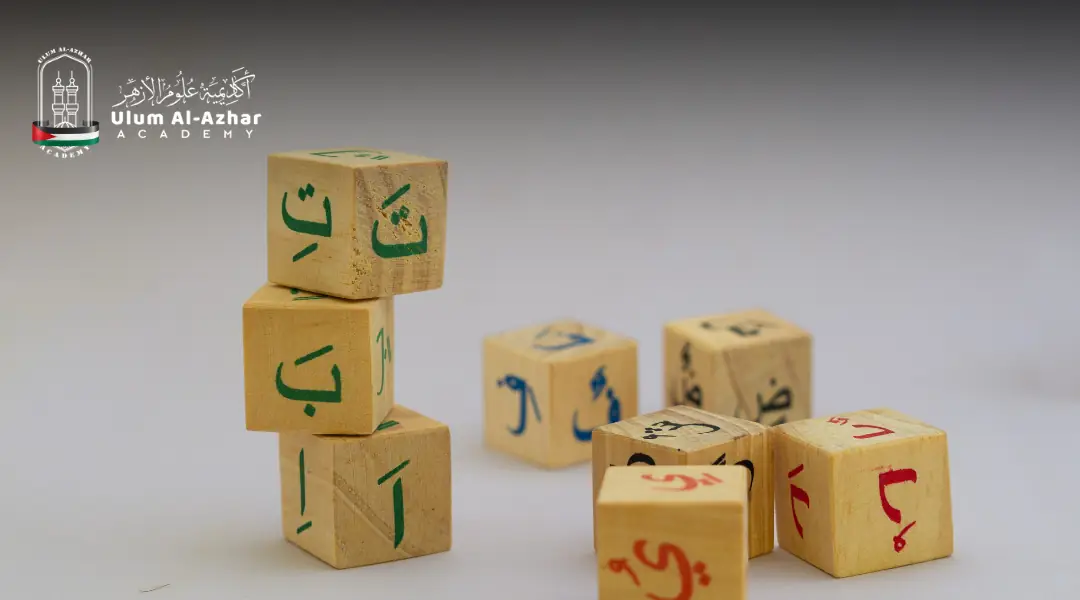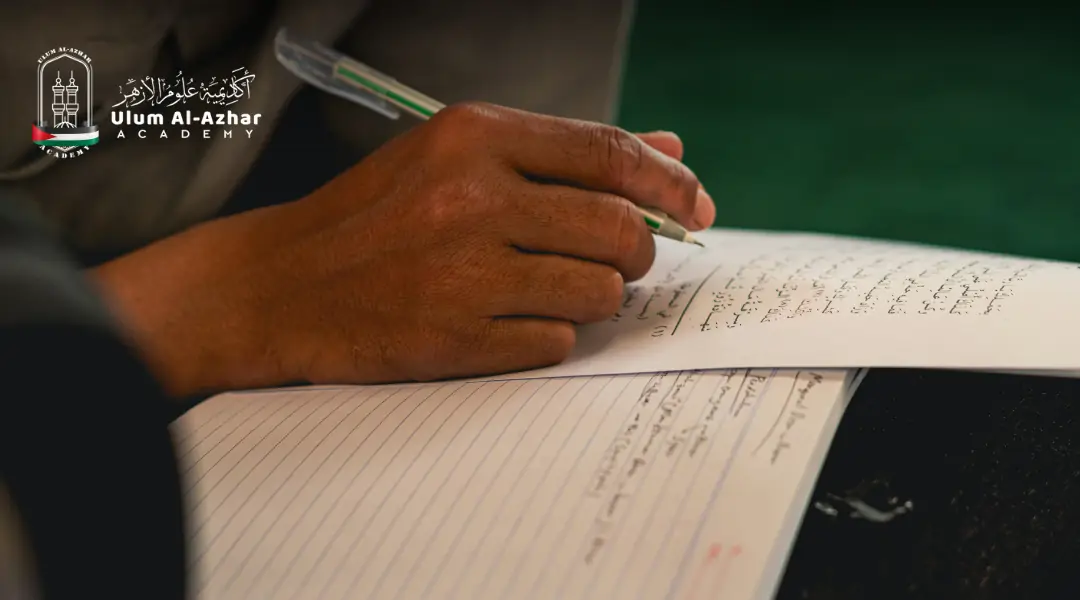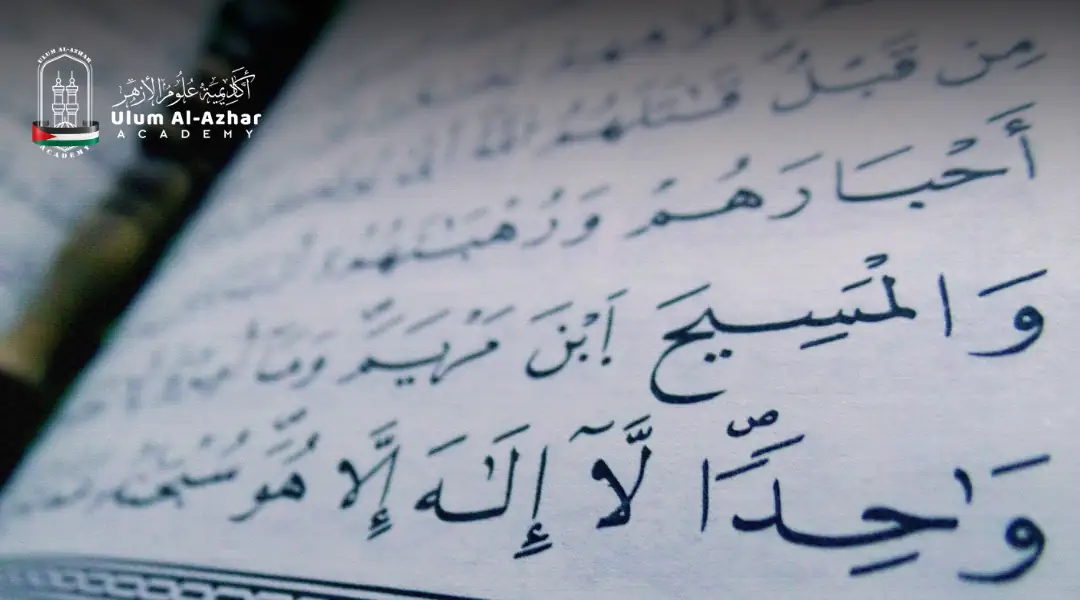
Learn How to Write Arabic Language Step by Step
Does the unique, flowing Arabic script feel like an impenetrable barrier to your learning goals? The Arabic language stands as one of the most eloquent and historically significant in the world, serving as a vessel for ancient literature, deep history, and spiritual thought. For learners everywhere, figuring out how to write Arabic language isn’t just a hurdle to clear—it’s the definitive step toward engaging fully with a vibrant global tradition.
Whether you are currently struggling to shape your initial Arabic letters or are an experienced student striving for flawless script, this comprehensive, step-by-step guide is specifically designed to equip you with the tools to master the complexities of Arabic writing clearly and confidently.

Learning the Arabic Alphabet and Its Forms
The first step in understanding how to write Arabic language is learning its alphabet, known as al-abjadiyyah al-‘Arabiyyah الأبجدية العربية. The Arabic alphabet consists of 28 letters, all written from right to left. Unlike Latin-based scripts, each Arabic letter can take different forms depending on its position in a word—initial, medial, final, or isolated.
For example:
- The letter ب (Bā’)
- Isolated: ب
- Initial: بـ
- Medial: ـبـ
- Final: ـب
The inherent flexibility of the Arabic script is exactly what gives the language its unique artistic beauty and continuous, fluid motion. When you’re serious about learning how to write Arabic language, it’s absolutely essential to practice these varying letter forms over and over until your hand develops a natural feel for their rhythm and connection. Crucially, every single letter corresponds to a distinct sound, and mastering the correct pronunciation directly reinforces proper writing.
Because Arabic is a truly phonetic language, words are generally written exactly the way they sound—a significant advantage over languages like English, where spelling often deviates wildly from pronunciation. This phonetic nature makes figuring out how to write Arabic language both a logical and surprisingly intuitive process, provided you use the right learning approach.
A helpful practice is to group letters by their similarity in shape and sound:
- ب، ت، ث (Bā’ – Tā’- Thā’) share the same base shape, differentiated by dots.
- ج، ح، خ (Jeem – Hā’ – khā’) form another family of letters with similar structures.
By studying these families together, you strengthen both your visual recognition and muscle memory.
Dive into Islamic learning; begin with free consultation, guided by Al-Azhar-certified Sheikhs based in Egypt.
Writing Words and Sentences Correctly
Once you’ve conquered the individual letters, the real work begins. The essential next phase in figuring out how to write Arabic language involves moving into the actual construction of meaningful words and fully formed sentences. This jump introduces you to two foundational areas: Arabic grammar, known as nahw نَحـو, and morphology, called ṣarf صَـرف:
Nahw نَحـو
- Its subject is the Arabic sentence — that is, the arrangement of words within it and their relationships to one another.
- Its purpose is to determine the grammatical inflection (i‘rāb) اعراب of a word — that is, its grammatical sign of nominative, accusative, genitive, or jussive.
- In other words, it focuses on the position of the word within the sentence, not on its internal structure.
- Its main question is: “What is the function of the word in the sentence?”
Ṣarf صَـرف
- Its subject is the individual word, in terms of its structure and changes in form.
- Its purpose is to understand how words are derived from triliteral or quadriliteral roots.
- In other words, it focuses on the letters within the word and the additions or changes that occur to them.
- Its main question is: “How was this word formed, and what does its change in form mean?”
So, how can you correctly build words and write them? Follow these steps:
1. Start with Simple Words
Practicing short words helps you apply letter connections naturally while becoming familiar with Arabic root patterns.Begin by writing simple, common nouns and verbs such as:
- بيت – Bait – (house)
- مدرسة – Madrasah – (school)
- كَتَبَ – Kataba – (he wrote)
- يقرأ – Yaqra’- (he reads)
2. Understand Diacritical Marks
Arabic uses small symbols called ḥarakāt or tashkeel تَشكيل : fatha فَتحة (َ), kasra كَسرة (ِ), ḍamma ضَمة (ُ)—to indicate vowel sounds. When you study how to write Arabic language, you must pay attention to these marks because they change the meaning and pronunciation of words. For instance:
- كَتَبَ (kataba) means “he wrote.”
- كُتِبَ (kutiba) means “it was written.”
Even though advanced Arabic writing often omits these marks – because they can understand the word from the context of the sentence- beginners should use them consistently until they can read and write fluently without assistance.
3. Forming Sentences
A simple Arabic sentence may follow the structure of verb–subject–object (VSO) – if it is a verbal sentence جملة فعلية, as in:
- كتب الطالب الدرس – Kataba Attaleb Addars (The student wrote the lesson.)
However, nominal sentence جملة اسمية— which beginning with a noun— follows:
- الطالب مجتهد – Attaleb mogtahed (The student is hardworking.)
4. Calligraphy and Aesthetics
Mastering how to write Arabic language involves more than just forming letters—it means writing beautifully. Traditional Arabic calligraphy, with iconic styles like Naskh نَسخ, Thuluth ثُلُث , and Ruq‘ah رَقعة , wasn’t created merely for decoration; it was developed to enforce strict discipline and enhance readability.Try to mimic the rhythm and inherent balance of these classic scripts.
Writing in Arabic to Understand Qur’anic Texts
A primary and deeply personal reason people dedicate themselves to learning how to write Arabic language is to achieve an authentic connection with the Qur’an. The text itself is written in the pinnacle of eloquence, Fusḥa (Classical Arabic), where every single character possesses both immense spiritual and historical linguistic significance.
Every Detail Counts
The Qur’an was given and carefully protected in Arabic, meaning its precision is absolute—every single dot, pause, and vowel is purposefully placed. When you undertake the task of learning how to write Arabic language, your effort is not merely word formation; you are participating in a profound legacy that has been handed down with incredible accuracy for fourteen centuries.
The Link to Tajwīd
The rigorous discipline of Tajwīd, which governs how the Qur’an must be correctly recited, is fundamentally dependent on the accuracy of the written word. A misplaced vowel or a misunderstanding of the script can unfortunately result in mispronunciation.
Writing as Mindfulness
The physical act of writing out Arabic verses from the Qur’an gives learners a chance for deep personal engagement and quiet spiritual reflection. With every verse you pen, you inherently slow down to contemplate its rhythm, beauty, and underlying meaning.
By mastering how to write Arabic language, you effectively unlock the door to grasping the Qur’an in its purest form, reducing your dependency on interpretations or translations. This skill enables you to start appreciating the inherent subtleties and beautiful eloquence that confirm Arabic as the deliberate language of revelation.
Learn & practice the language of Quran with qualified Arab tutors from Al-Azhar Al-Sharif, Egypt in Online Quranic Arabic Course.
Tools to Improve Your Arabic Handwriting
Success in mastering how to write Arabic language comes down to consistent effort and ensuring you have the right equipment. Natural talent might provide a small head start, but true improvement stems from a solid routine and unwavering patience.
Your Writing Setup: Get serious about your materials: quality paper with a smooth finish and a pen that allows for a truly fluid stroke. Many learners naturally gravitate toward calligraphy or fountain pens because they handle the distinct curved motions of Arabic script so well. If practicing on a tablet, select apps that properly simulate the physical feel of pen direction and pressure.
Learn from the Masters: A foundational and highly effective way to learn how to write Arabic language involves deliberately tracing and copying. Take exemplary Arabic writing samples—be it from classical literature or sacred texts—and focus on replicating the exact spacing between words and the proper size of each letter. This active technique is key to building muscle memory and internalizing the correct forms.
Interactive Digital Training: Learners today have full access to countless online platforms , specialized apps, and interactive courses can effectively walk you through the proper formation of letters and the construction of sentences. It’s best to choose platforms that give attention to both classical and modern Arabic usage for comprehensive fluency.
The Daily Commitment: Establish a non-negotiable routine: dedicate 15–30 minutes daily just for handwriting practice. Write anything—short journal entries, paragraphs, or Qur’anic verses.
The Power of Correction: Getting feedback from a qualified teacher or a native speaker is absolutely essential. They can pinpoint the fine details you miss, correcting errors in diacritics, alignment, and letter shape.
Are you looking to master the classical form of Fusha Arabic? Master Fusha Arabic Course offers a structured program that helps to build a strong foundation in Fusha Arabic (Listening, Reading, Writing, and Speaking), led by native Arabs from Al-Azhar Al-Sharif
Conclusion
Mastering how to write Arabic language is far from a mere homework assignment; it’s an immersive journey that brings together your intellect, your sense of art, and your spiritual curiosity. From successfully learning the entire alphabet to the ultimate goal of producing flowing, elegant sentences and interpreting the profound Qur’anic meanings, you are connecting with a living, deep cultural and linguistic ancestry at every turn.
Arabic writing is a genuine school for patience, teaches fine precision, and encourages the balance that perfectly mirrors the inherent harmony of the tongue itself. As you dedicate time to practicing how to write Arabic language, recognize that each character holds not just a sound and definition, but also a repository of centuries of beauty and accumulated wisdom.
The next step in your Islamic learning journey is here: free consultation with Al-Azhar-certified Sheikhs from Egypt.
FAQs
Is Arabic hard to learn for beginners?
Arabic may seem challenging at first, but once you understand how to write Arabic language systematically, it becomes logical and rewarding. Consistent practice and guided learning make the process easier.
How long does it take to learn how to write Arabic language fluently?
With regular practice, most learners can write comfortably within six months to a year.
Should I learn Modern Standard Arabic or Classical Arabic first?
If your goal is to understand religious texts like the Qur’an, start with Classical Arabic. However, both share the same script, so learning how to write Arabic language benefits you in both forms.



